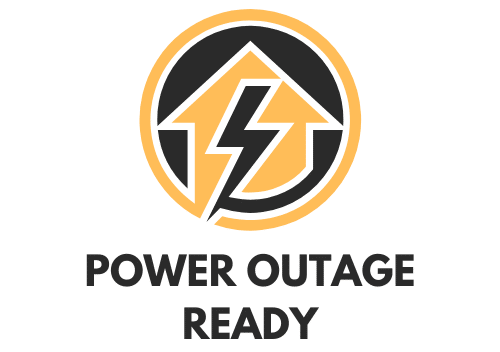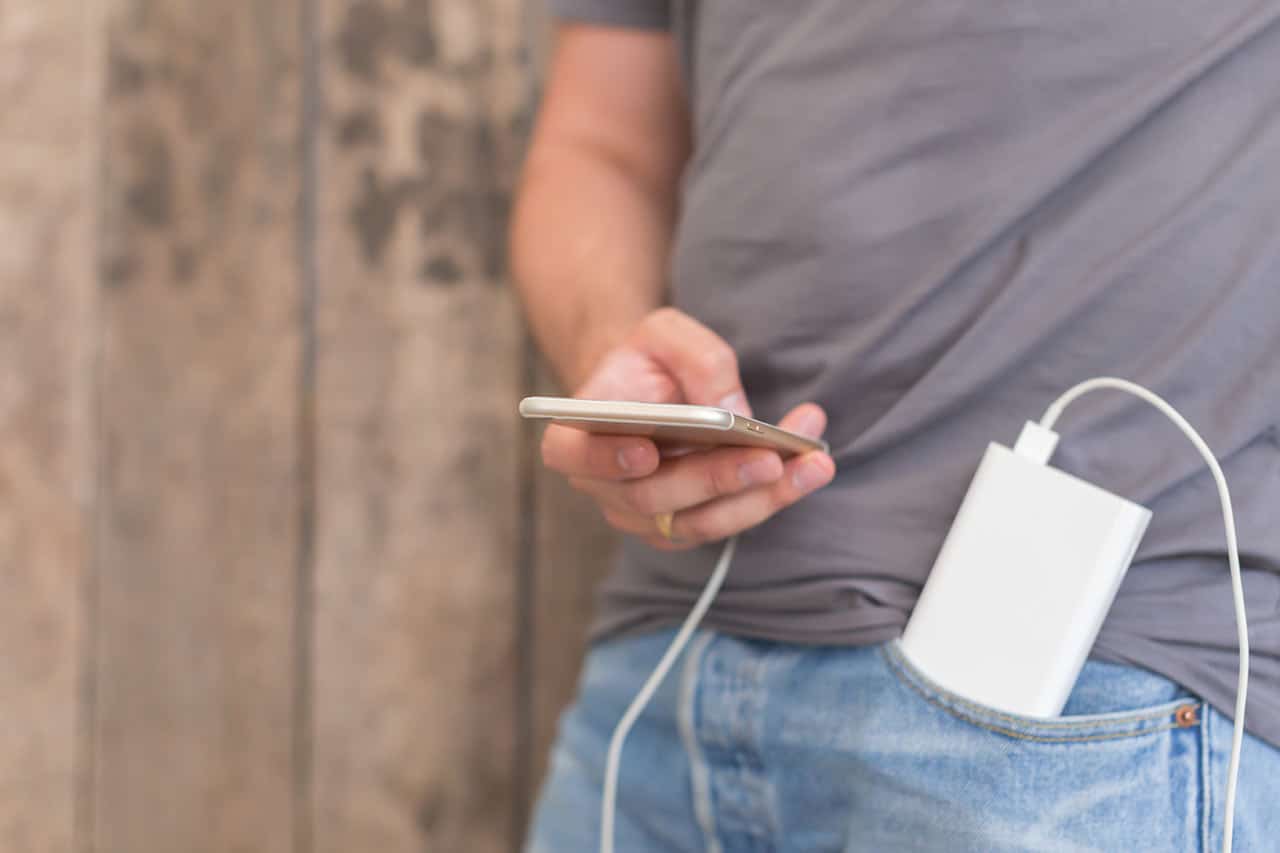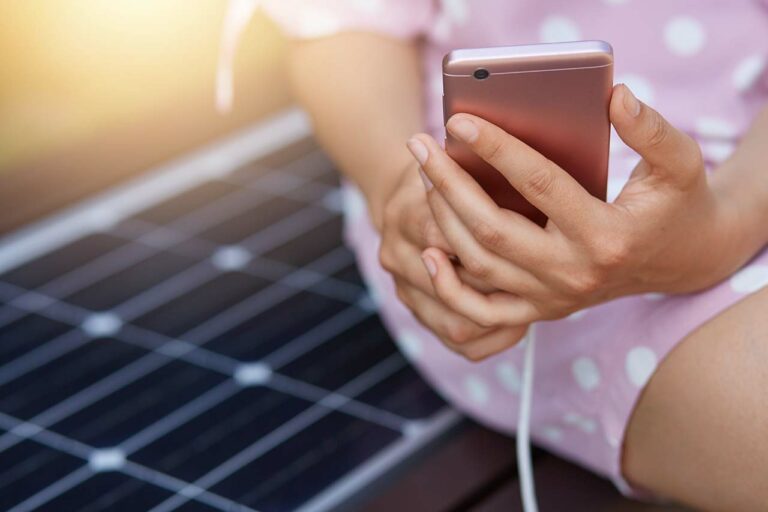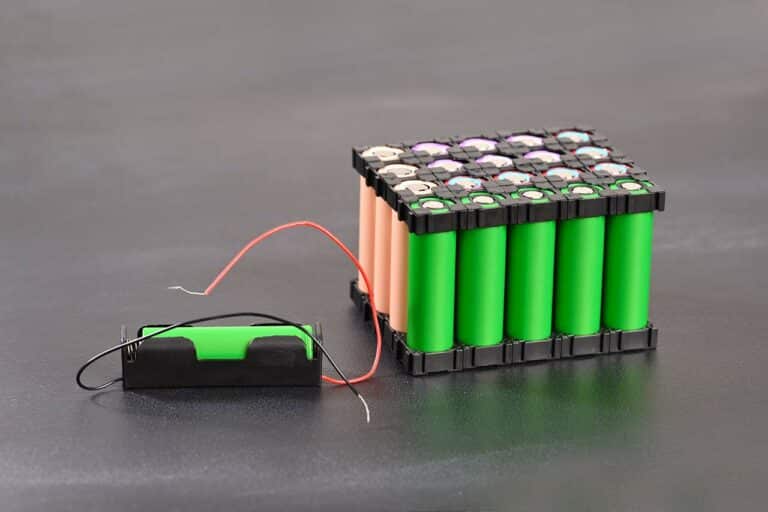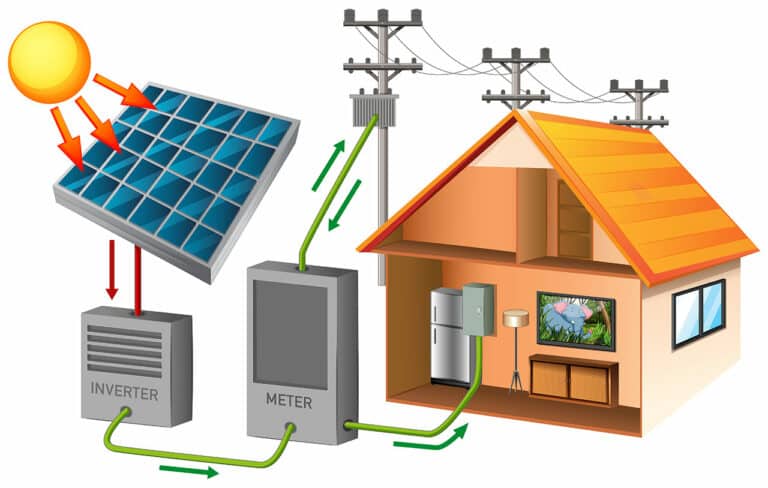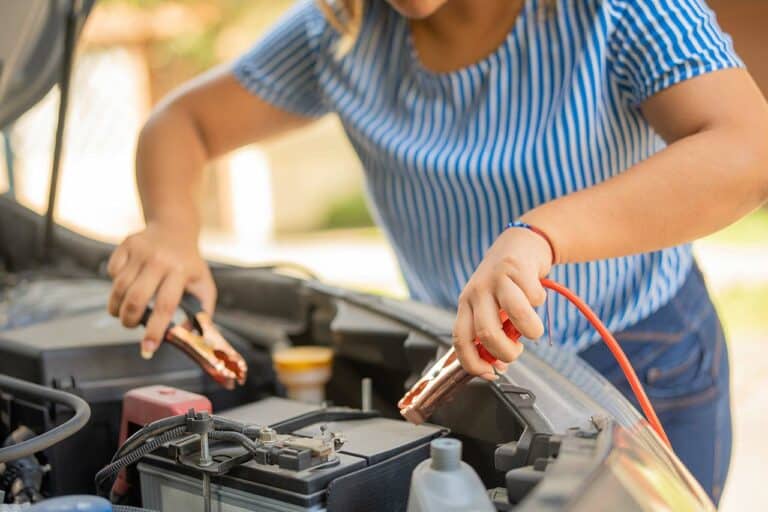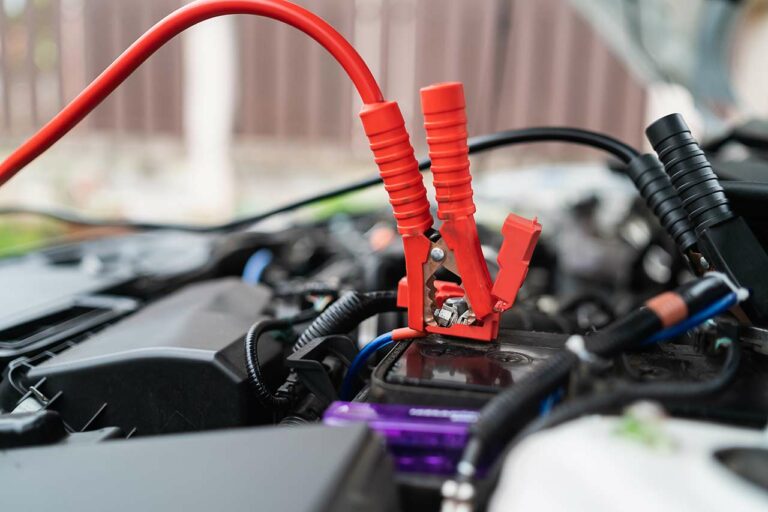Can I Use My Phone While Charging On Power Bank? Know The Risks
So, you wanna know if it’s cool to use your phone while charging with a power bank? You’re not alone in scratching your head on this one. Fear not, we’re here to provide some clarity on whether whipping out your phone while it’s plugged into that handy little battery pack is safe or not.
Generally, it IS safe to use your phone while it’s charging via a power bank. But remember, playing it safe is always a good idea. Using your phone when it’s hooked up to the power bank can produce more heat, which isn’t fantastic for your battery’s lifespan. That being said, the risk of something going wrong is pretty small, and accidents are extremely rare.
We know that life sometimes demands we stay connected even when our battery’s dwindling, especially in an emergency like a power outage, so go ahead and use your phone when it’s charging with a power bank. Just be mindful of the heat generated and try to take breaks when you can. Better safe than sorry, right?
Using a Phone While Charging on a Power Bank Tips
While it’s generally safe to use a phone while it’s plugged into a power bank, it’s not ideal. Using your phone while plugged in can eventually damage your phone and even harm your skin if it gets too hot.
But, in a power outage, you may not have the luxury of waiting for a charge. When time is of the essence, the necessity of using your phone while its plugged in tends to outweigh the risks, and it’s generally pretty safe. But there are a few ways you can increase your safety while using a charging phone.
Get a quality brand. Stick to a reputable brand of power bank that has built-in safety features, such as overcharging protection, short-circuit protection, and temperature control. A high-quality power bank with these features will reduce the chances of issues while using your phone while charging.
Pay attention to temperature. Using your phone while it’s charging can cause it to heat up considerably, especially if you’re doing something resource-intensive, like gaming or streaming videos. (We do hope you won’t waste your phone battery and electricity doing this during a power outage, but we get it, sometimes you just need a little something to chill out.) To minimize overheating, take breaks while using your phone as it charges and avoid setting it on or covering it with soft items, like rugs or blankets, which can trap heat.
Use a certified charger for your power bank. This will ensure the proper voltage and current are being provided to the power bank, reducing the risk of any damage or issues with the bank itself while your charging.
Keep in mind that using your phone while it’s charging will slow down the charging process. If your phone is draining battery faster than it’s being charged, it’s a good idea to let it charge for a few minutes before resuming use.
Understanding the Charging Process
When it comes to using your phone while charging on a power bank, it’s essential to understand the charging process. It basically works like this: You connect your phone to the power bank using a USB cable, the power bank supplies a current to your phone and charges the battery. The charging power depends on the power bank’s capacity and your phone’s battery requirements.
When you use your phone while charging on the power bank, the phone consumes power, and, depending on what you’re doing on your phone, it may consume the power faster than it receives it. So, even though the phone is getting a supply of power, it may not charge at all or charge very slowly.
This is obviously bad vibes during a power outage, which is why it’s best to use your phone while charging only when absolutely necessary.
Potential Risks of Using a Phone While Charging on a Power Bank
So, we already know about the possible damage to your phone (namely, its battery) if you use it while it’s charging on a power bank. This can be a major issue in itself, since your phone can be a vital means of communication during a blackout.
But what about other potential damage?
While the risk is small, there is a chance something can go seriously awry with your phone when it’s plugged into a power bank. Worst-case scenarios include batteries getting bloated, devices catching fire, or even exploding. These incidents are rare, but they do happen, and if they happen during a blackout, not only could you, or someone else, be injured, but you will lose your phone as a communication device and, potentially, damage your power bank during a critical time.
Other Considerations For Power Bank Charging
While we’ve already addressed some ways to make using your phone while charging on a power bank as safe as possible, there are a few other key considerations to keep in mind. These will help ensure your both your phone and power bank remain safe and functional.
First things first, check if your power bank supports passthrough charging. This feature allows your power bank to charge and discharge simultaneously. Some power banks have this feature, while others don’t.
The type of USB port on your power bank can impact charging capabilities. Some power banks offer multiple USB ports with varying output levels for charging different devices like tablets, phones, and other USB gadgets. Look for ports with at least 2.1 amps output for faster charging speeds for your phone or tablet.
Another aspect to consider is the quality of the cables you’re using for charging. Low-quality or damaged cables can not only slow down the charging process, but also potentially damage your devices. Stick with reputable brands or cables specifically designed for your device for the best results.
Keep an eye on the battery capacity of your power bank, as well as its output levels. You don’t want to overload your power bank by attempting to charge multiple devices at once. Balancing the charging load will help ensure a consistent and reliable charging experience.
Remember, safety first when it comes to charging. Avoid using your power bank in extreme temperatures and keep it away from direct sunlight or water. Be mindful of your power bank’s design and construction. Good-quality power banks will have built-in protection features like short circuit and overvoltage protection, keeping your devices safe during the charging process.
